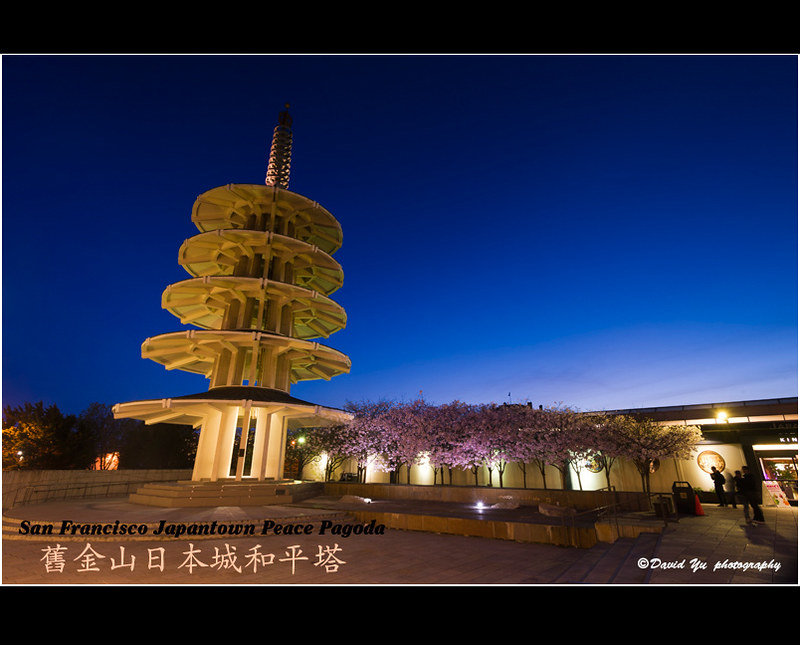In 1906, San Francisco established the first Japantown. As Japanese immigration peaked in the early 1900s, Japanese communities began to blossom all over the United States of America. Yet today, only three Japantowns remain: San Francisco’s, San Jose’s, and Los Angeles’.
Japanese Americans were forced into evacuation and incarceration in concentration camps during World War II, wiping out many Japanese communities.
Today, the remaining Japantowns face a serious threat of extinction. Before World War II, San Francisco’s Japantown spanned nearly 40 blocks but has shrunk to six blocks. Since 2020, businesses in Japantown have struggled to stay afloat due to the COVID-19 pandemic.
In June 2018, the Proposition A of the Peace Plaza renovation project received a 71.1% vote for the renovation, exceeding the 66% required to pass. The project aims to solve issues of water intrusion and general dilapidation with an overall mission to “lead a community-engaged design process for Peace Plaza so that Japantown will thrive as a culturally rich, authentic, and economically vibrant neighborhood.”
According to the Peace Plaza vision plan, the goal is to make the plaza more open for a daily space. The San Francisco Recreation and Parks Department reached out to the community to see how people used the space and what they would want to see.
“One of the most important parts of the design process in this whole community input was that we had professional expertise [and] architects who have that cultural sensitivity and experience working with the Japanese design,” said Sandy Mori, President of the Japantown Task Force.
Keeping cultural integrity is crucial in the renovation as many people see it as the core and principles of the Peace Plaza.
“Japantown is a place for Japanese people to express how meaningful their culture is to them and to share it with others in a place outside of the country itself,” said Morgan Wong, a senior at Carlmont. “It’s also a great way to educate others on the culture.”
As San Francisco’s Peace Plaza moves forward with its renovation plans with intentions of being culturally thoughtful, they also carry on the generational legacy of the U.S.’ first Japantown.
“For myself and my generation… it really is a great challenge but also a mission of love and experience in terms of our older generations that contributed and developed this community,” said Steve Nakajo, Executive Director of the Japantown Task Force. “The Peace Plaza should always represent that kind of continuance of legacy.”












